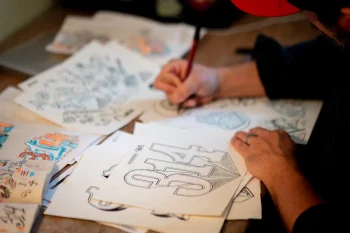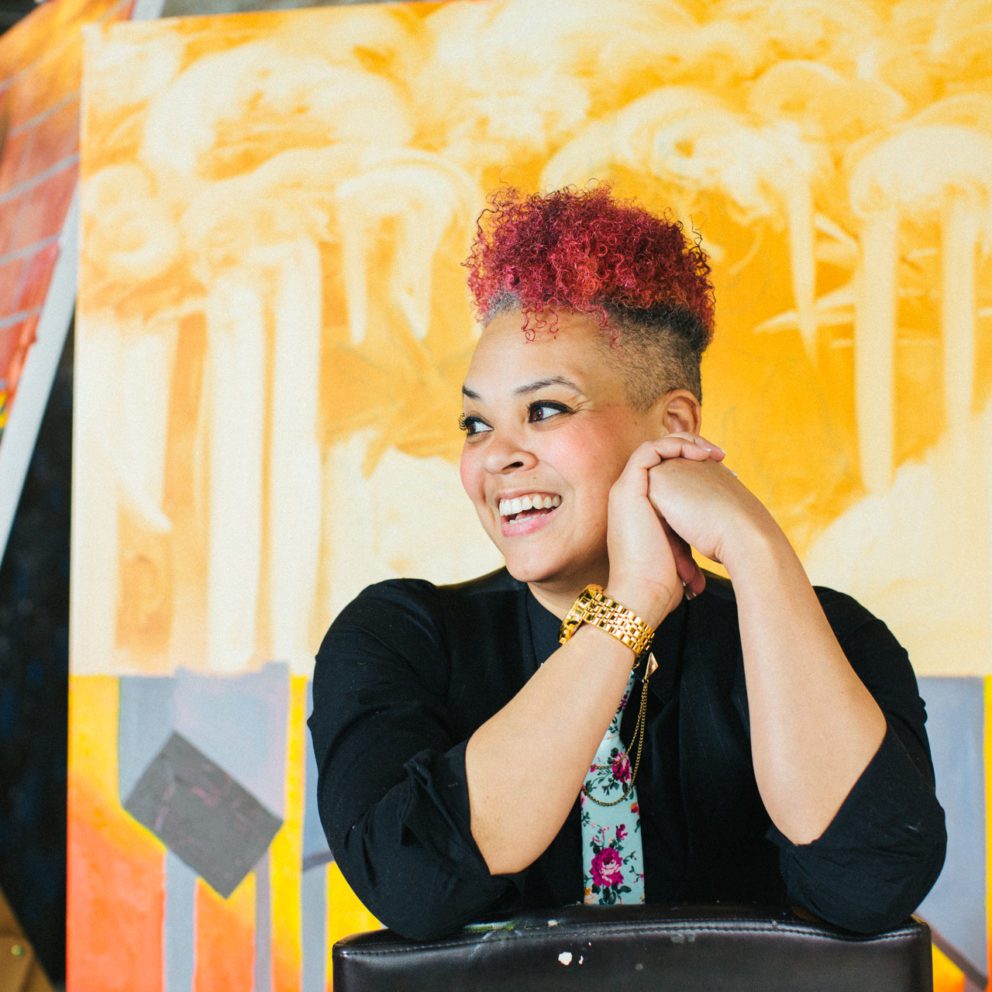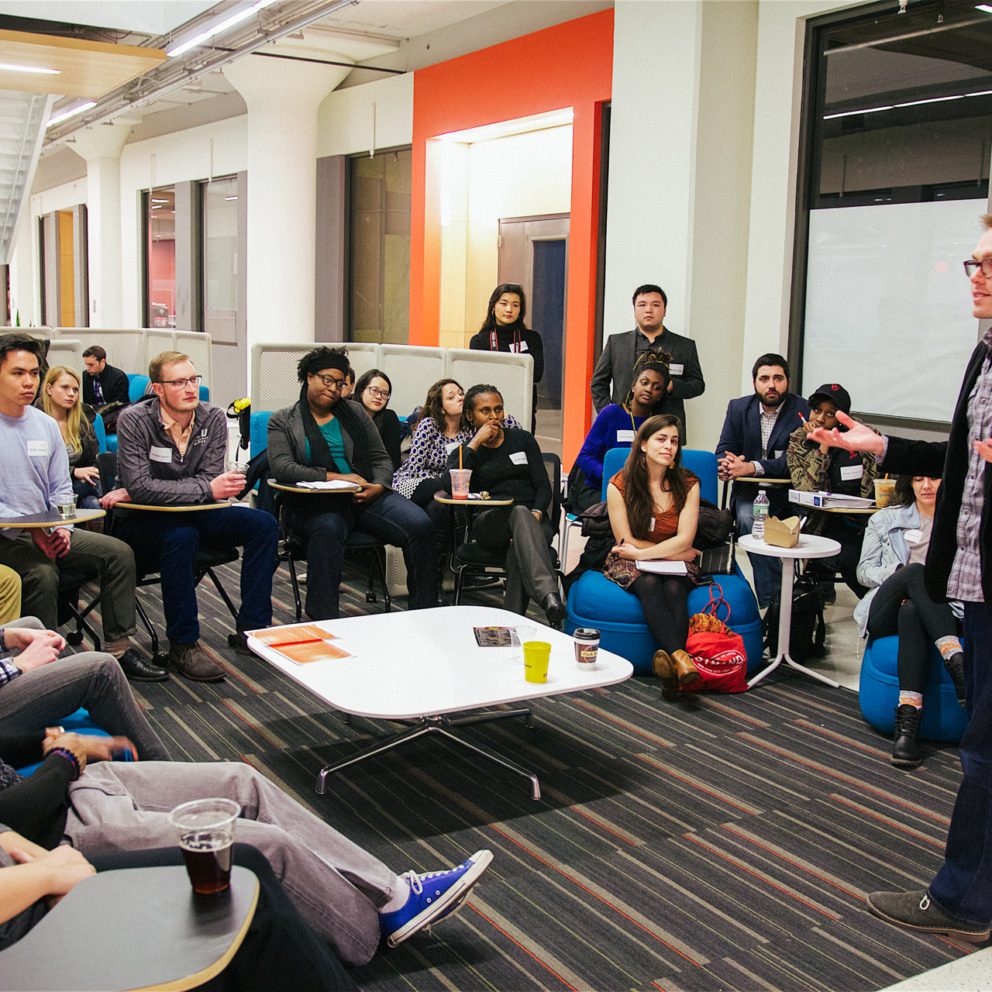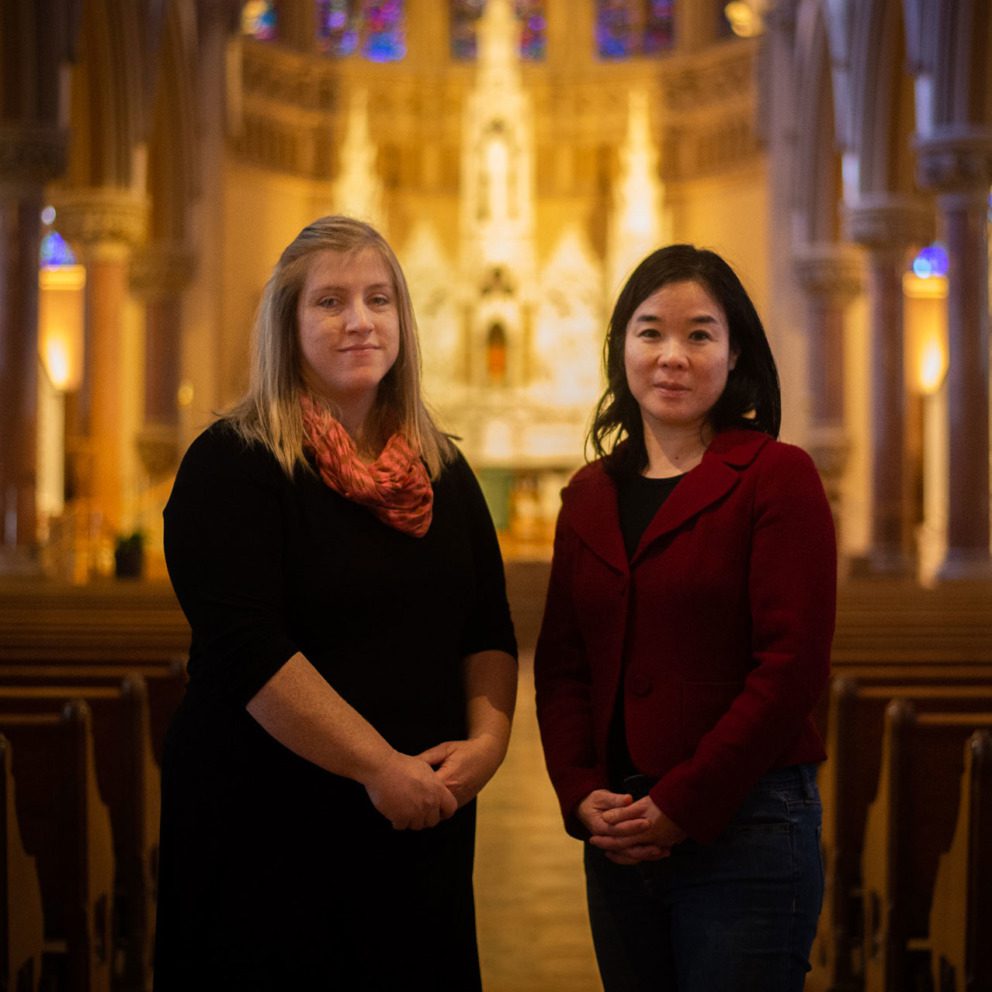Moving Forward
Historic St. Louis gems are earning new appreciation for marrying the past with the future.
As in many major metropolitan areas, St. Louis’s list of development projects is a long and ever-expanding one. The goal, of course, is to help the city grow into its best self, able to accommodate the needs of its current residents while attracting newcomers into the fold. New multi-million dollar projects often are announced just as other multi-year efforts reach completion.
Some of St. Louis’s latest projects nod gracefully toward the city’s storied history as the “Gateway to the Midwest” and its notoriety as a strong cultural center in the region.
Forbes writer John Mariani noticed the same, connecting the city’s fur-trading roots and early population boom to St. Louis’s lasting cultural impact, eventually taking the shape of landmark world-class attractions like the Saint Louis Art Museum, Forest Park and the St. Louis Symphony. As St. Louis works hard to rebound from its post-industrial challenges, Mariani writes that the city’s current revival is, in part, due to its decision to memorialize its heritage while planning for the future.
St. Louis Union Station’s incredible transformation is one shining example.
“Symptomatic of both that decline and current rebound is one of the city’s most extraordinary pieces of reclaimed architecture, the landmark St. Louis Union Station, once the largest and busiest train station in the world, with 100,000 passengers a day arriving or departing on 22 train lines, a true crossroads of America,” writes Mariani.
More than $150 million later, today’s St. Louisans know Union Station as a stunningly elegant downtown hotel, preserving its breathtaking historic architecture and old-world glamour alongside contemporary hospitality accommodations, event services and more.
“So saving the landmark terminal has demonstrated the resilient 21st century spirit of St. Louis,” he writes. “A $150 million renovation turned the station into an upscale hotel, now run by Hilton, and several times a day now a spectacular laser light show is splashed across its vast 65-foot-tall Grand Hall and stained glass windows proudly commemorating St. Louis as the center of the American heartland.”
The famous Gateway Arch received a similar treatment with the landmark’s multi-year renovation being completed in 2018. The finished project features modern landscaping with a scenic view, an updated visitor’s center and a cutting-edge new museum designed to showcase the city’s foundational role in shaping the rest of the country. The museum’s take on this history is notably nuanced, telling a story of St. Louis’s past that includes its indigenous and Creole roots, the challenges, conflicts and successes of westward expansion and industrialization, and so much more—presenting a timeless and relevant exhibition for residents and tourists alike.
Celebrating St. Louis’s cultural history with a modern approach
The city-wide effort to refresh St. Louis’s historic buildings and champion its heritage spotlights our artistic and cultural contributions, too.
The newly-opened National Blues Museum celebrates St. Louis’s truly iconic blues history and leading impact on the musical genre with an expansive, high-tech, winding exhibit housed in what used to be an department store that dates back to 1906. The Griot Museum of Black History & Culture, founded in 1997 as the first black history wax museum in the Midwest, is also in the midst of its own hopeful revival. In 2016, the museum partnered with the Urban League of Metropolitain St. Louis to help improve attendance and maintain the institution’s legacy and is working with other partners to continue preserving this important haven of history. The Griot also has been involved with events that explore how race intersects with health, housing, education and more, directly linking with the important conversations of today.
Larger cultural institutions like the Missouri History Museum have embarked on their own revitalization efforts. Most recently, the museum has been engaging its multi-generational contemporary audience by hosting panels on race, art and fashion, and showcasing exhibitions that speak to current cultural and political conversations locally and nationally.
Central Library, St. Louis Public Library’s pinnacle location, uses a similar approach, beginning with a 2012 renovation project to revive the historic building’s 100-year-old stained glass windows, original alabaster lamps and majestic archways. Now, the library complements its presentation with updated offerings, encouraging patrons to enjoy live music performances and annual events like Hip-Hop Appreciation Week and Comics University, or browse their digitized features, meeting spaces, and new recording studio, all while surrounded by newly restored historic architecture and an impressive library collection.
As St. Louis keeps looking toward progress and development, finding ways to celebrate and memorialize the past is essential to laying a strong foundation for the city’s future. After all, the history that shaped the city’s distinct architecture and curving highways is part of what makes St. Louis so special. And thankfully, those legendary stories will be part of our future, too.








